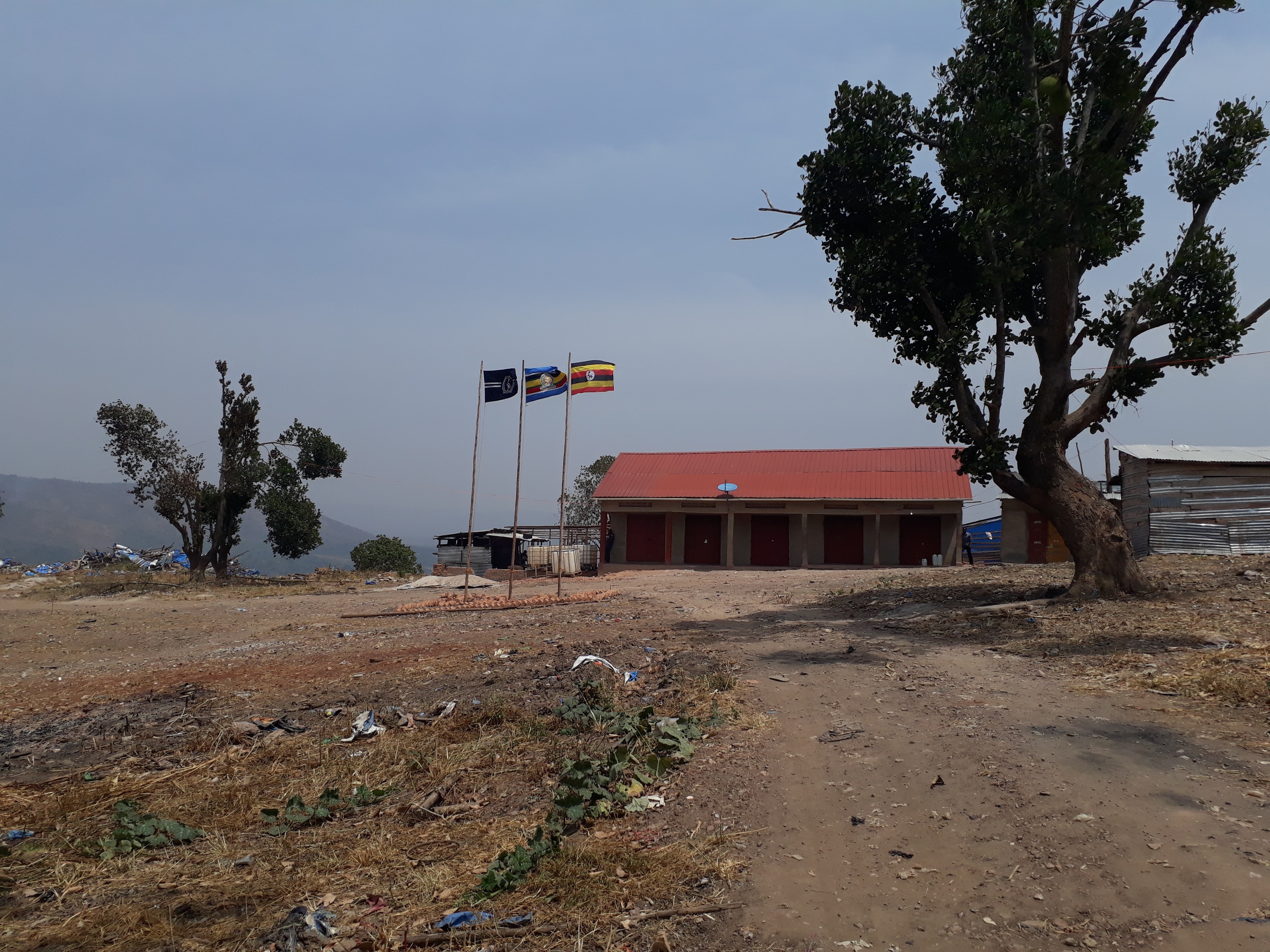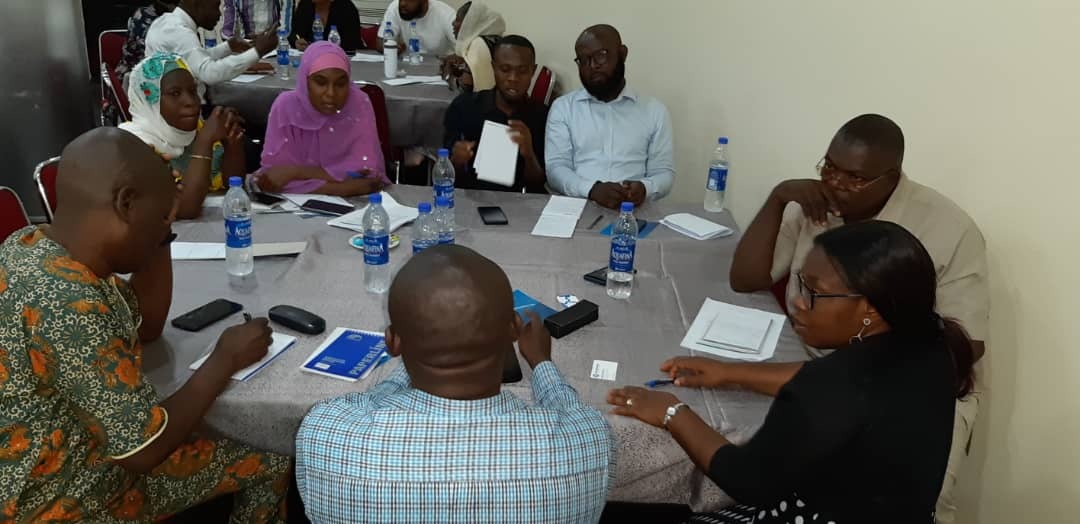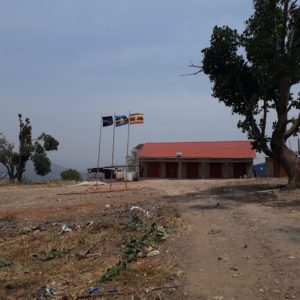Date: January 2018 – March 2019
Client: the Extractives Hub, funded by DFID, managed then by Adam Smith International Ltd (and now by the Centre for Energy, Petroleum and Mineral Law and Policy of the University of Dundee)
Raw materials: all ASM minerals, including gemstones, gold and diamonds.
Location: Kenya, Liberia, Uganda, Nigeria, Ethiopia
About the Extractives Hub:
The Extractives Hub is a knowledge-sharing facility that aims to provide information to manage extractives sector resources to the benefit of citizens. The Extractives Hub is therefore a comprehensive online library with trustworthy resources for policy makers, government officials, academic institutions, civil society and industry experts.
The overall objective of the Extractives Hub programme is to strengthen institutions responsible for policy-making and management of the extractive industries in developing countries. In achieving this objective, it aims to nurture inclusive growth, specifically targeting better incorporation of women and girls and marginalised communities in management of extractive industries.
The Extractives Hub received five artisanal and small-scale mining (ASM) related requests for technical assistance from the governments of Kenya, Liberia, Uganda, Nigeria and Ethiopia. Levin Sources was contracted by Adam Smith International Ltd to address those requests and provide bespoke technical assistance to each of these Governments.
The five projects:
Kenya: exploring the levels of taxation of the coloured gemstone sector
The Challenge:
In Kenya, the Deputy Governor of Taita Taveta County requested to explore local tax rates related to the mining and sale of coloured gemstones (and possibly limestone). The government aims to prevent the loss of revenue from smuggling of minerals between Kenya and Tanzania; and would like to establish a local tax rate for a newly established state gemstone cutting centre before it becomes operational.
The Solution:
The objective of the project was to explore an appropriate level of local taxation for the coloured gemstone sector.
We conducted a study, including desk-based research on relevant legal, economic and other specialised literature, such as the mining and finance acts of other comparable mineral-rich Kenyan counties (Migori, Kwale, Kitui and Narok), and the deployment of an international consultant to Taita Taveta. The scope of work covered all types of mining, from artisanal to large-scale mining, as well as all minerals found in the county. The study proposed practical recommendations on tax levy structure and methodology, the level of county mining taxes, as well as policy reforms including on the present County Mining Act.
Results:
The output of this project was a Report on Practical Recommendations for an Optimisation of Taita Taveta County (Kenya) fiscal structure and taxation
Liberia: assessment the fiscal regime for ASM
The Challenge:
In Liberia, the Liberian Revenue Authority requested an assessment of the appropriateness of the fiscal regime for ASM within Liberia’s mining sector as part of the mining code revision process.
The Solution:
The objective of this work was to review the fiscal regime governing the ASM sector.
This work consisted of analysing the current broad fiscal regime for mining in Liberia, considering the economic, legal, regulatory and political trends of the ASM sector. We conducted a comparative analysis of the ASM fiscal regimes of Sierra Leone, Guinea, Ghana and further afield. Based on this, a guidance note was produced, which equips the Liberian Revenue Authority with recommendations for designing a unique fiscal regime to appropriately capture revenue from the ASM sector.
Results:
The output of this project was a Report on the Fiscal Regime for ASM in Liberia.
Uganda: providing insights on ASM management
The Challenge:
In Uganda, the Department for Geological Survey and Mines submitted a request to provide insights into ASM management as part of the process to tender out services to assist with the country-wide registration of miners. The government in particular wanted to learn more about best practice approach to dealing with gold rush situations and the establishment of viable ASM zones.
The Solution:
The objective of this work was to highlight potential challenges and solutions to ASM gold rush situations, and the establishment of ASM zones for managing miners.
The work involved ongoing remote dialogue with the DGSM to understand their approach to ASM management, as well as a week-long field trip to assess the impact of the various efforts underway, including: the establishment of a mining police, the eviction of ASM gold miners in Mubende, and the establishment of a pilot ASM zone in proximity of the eviction.
Results:
The final deliverable was a report and debrief with the responsible government officials on how to strengthen their ASM management measures, accounting in particular for the need to combine measures to incentivise ASM to formalise their activities, as a complement to their security approach.

Nigeria: increasing the capacity and knowledge on ASM formalisation
The Challenge:
In Nigeria, the Ministry of Mines and Steel Development requested to increase the capacity and knowledge of the technical staff of the ASM Division, the Mines Inspectorate, and the Mines Environment and Compliance Division on ASM formalisation, and to be trained on how to facilitate policy design and implementation in the Nigerian context.
The Solution:
The objective of this work was to build the capacity of Ministry staff on ASM formalisation.
We developed bespoke training modules based on the needs and requests of the technical Divisions of the Ministry of Mines and Steel Development. Each module consisted of a brief theoretical session with examples from other countries, a discussion round and a participatory exercise, where the participants were asked to develop their own solutions. The training was delivered in Abuja, and included the following topics:
- Formalisation
- Training, communication and outreach
- Cooperatives and self-organisation
- Gender and women’s participation
- Health and safety
- Equipment and technologies
- Policy development and monitoring
Results:
The output of this project was a two-day training on ASM for the Nigerian Ministry of Mines and Steel Development. In their feedback, the participants generally highlighted strong appreciation of the facilitators’ expertise and delivery techniques, as well as of the case studies from other countries.

Ethiopia: advising on the national ASM strategy development process and content
The Challenge:
In Ethiopia, a programme supporting the Ministry of Mines, Petroleum and Natural Gas with the development of their ASM national strategy requested strategic direction on the strategy development process and content.
The Solution:
The objective of this work was to review documents used for the government’s ASM strategy development.
Our research for this highlighted important practical principles to guide the strategy development process, and built on Levin Sources’ experience with similar initiatives, in particular in Kenya and the Democratic Republic of Congo (DRC).
Results:
The output of this project was a report on High Level Principles and Recommendations for the Development of the Ethiopian Artisanal and Small-Scale Mining National Strategy



